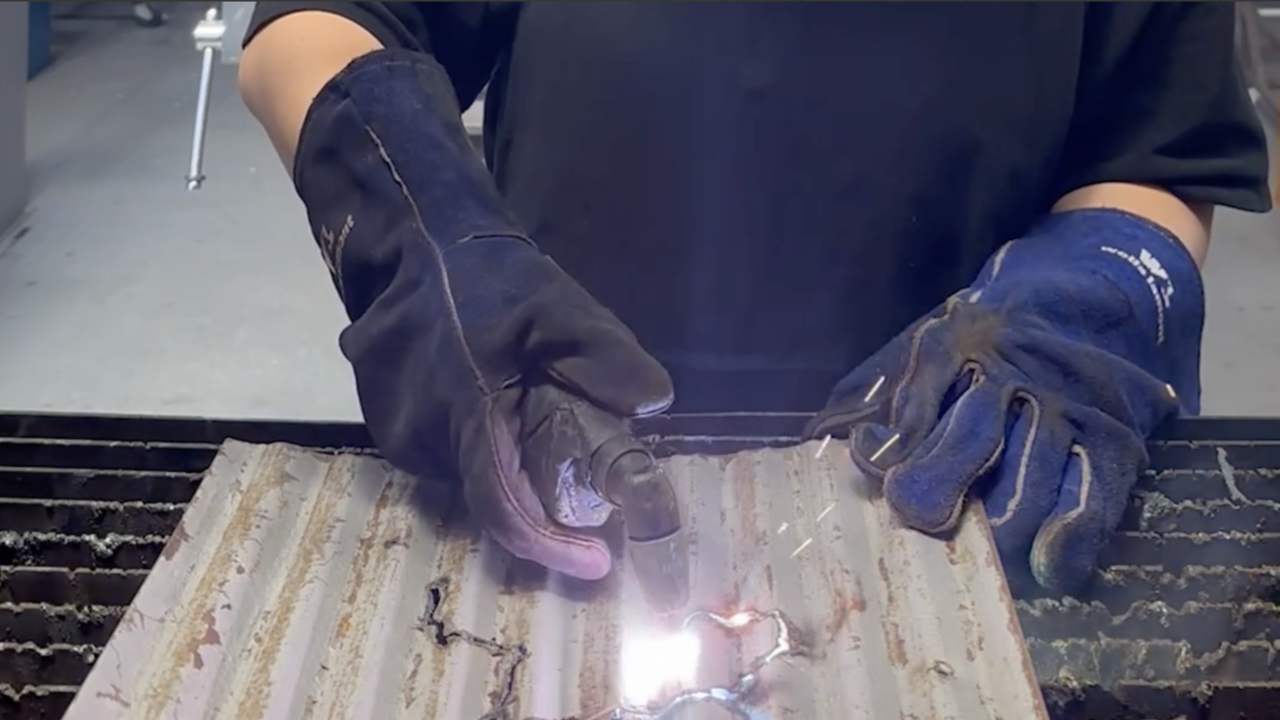State of the Art
Four points
Four points
Point 1. In February Christo and Jeanne-Claude’s The Gates (1979–2005) was unfurled across New York’s Central Park. Although the event received blanket media coverage, the artists seem to have fallen out of the art world. A while ago – somewhere between the historically loaded Wrapped Reichstag (1971–95) and the monumental sentimentality of Jeff Koons’ Puppy (1992) – Christo and Jeanne-Claude crossed a line in which the formal dexterity of their particular brand of iconic spectacle no longer kept pace with the forces driving its production. In this instance the story of the final realization of The Gates, combined with the use of art as a tool for social good/media story/tourist revenue/urban regeneration, resulted in a celebration with all the trappings of a Hallmark holiday. The Gates served as a dramatic backdrop to the plethora of myths circulating its marketing strategy, a public sculpture becoming an event in which any experience or appreciation of it was bound up with sheer fascination at the concentration of social and economic capital facilitating its realization.
Point 2. A couple of years ago an artist I hold in high esteem refused the invitation for her work to be featured in frieze. She didn’t want the fuss and attention, or to be filtered through that particular system and then presented to a wide audience, when she had other things on her mind. For the artist this was an act of control: to claim some independence back from a more predictable system of production, promotion and consumption.
Point 3. In January and February at London’s ICA, Tino Sehgal’s ‘interpreters’ had the run of the galleries. In these safely contained zones privileging quiet contemplation – rather than jostling for attention in art fairs or biennials – the formal, sculptural qualities of the artist’s work were revealed as much as his assertion of a radical Conceptualism. Sehgal’s medium is immateriality, and he claims to have dealt with the problem of art in the 20th century by getting rid of the object. Framed by the gallery, the arrangement of gestures that his performers play out and the discussion they pose is a nice twist on 1960s Conceptualism. Yet, for all its elegant contortions, this is classic Modernism and reinforces an old-fashioned trajectory that is easily subsumed within a capitalist economy. Sehgal’s most loaded gesture is his refusal to document any of the works photographically thus resisting the circulation of any images through the media. The artist’s denial of the currency of the art industry – images – stalls the format of contemporary exchange and requires the system to reformulate itself to accommodate him.
Point 4. For the ‘Communism’ exhibition in February at the Project Gallery, Dublin, Aleksandra Mir contributed a work that could best be described as mail art but which includes an interview and a poster collage and doubles as the exhibition flyer. The interview is with Jim Fitzpatrick, a Dublin-based graphic designer and creator of the original iconic Che Guevara poster image. In the course of the interview Mir and Fitzpatrick cover a range of topics, from publishing, distribution of information and the circulation of images to slave labour, intellectual property rights, revolutionary ideals, political intent and a meeting with Che Guevera in a Kilkee pub in 1962. Mir uses the mechanisms of the exhibition-making process to conceptualize, produce and, crucially, to disseminate and promote her work. In doing so, she highlights both the real mess of power relations and the possibility of communicating meaningful exchange that, almost literally, falls out of the art world.
















